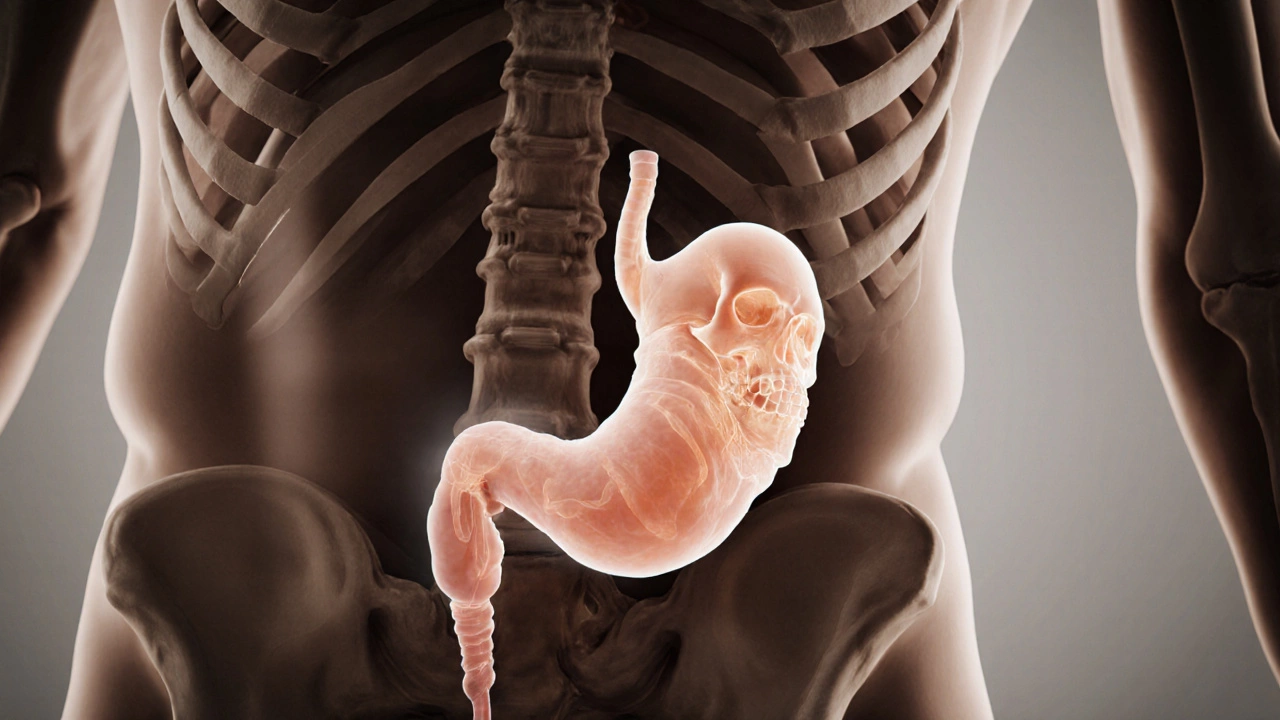Early Detection Cancer: Why Timing Saves Lives
When working with Early Detection of Cancer, identifying malignancies at the earliest possible stage before symptoms appear. Also known as early diagnosis, it can turn a grim prognosis into a manageable condition. A cornerstone of this approach is cancer screening, systematic tests that look for hidden tumors in asymptomatic people, which empowers doctors to act before the disease spreads.
Why does catching cancer early matter? The survival rate, the proportion of patients who live beyond a set period after diagnosis jumps dramatically when treatment starts at stage I rather than stage III. For example, breast and colorectal cancers see five‑year survival rates over 90% with early detection, but those numbers tumble below 20% once the cancer metastasizes. This stark contrast fuels public health campaigns and personal vigilance alike.
One of the most promising tools in the early detection arsenal is the use of cancer biomarkers, molecular signatures in blood, tissue, or other fluids that signal the presence of disease. Biomarkers like PSA for prostate cancer or CA‑125 for ovarian cancer enable doctors to flag issues before imaging even sees a lump. As research expands, panels of DNA mutations and protein markers are becoming routine, offering a non‑invasive, repeatable way to monitor risk.
How Screening and Biomarkers Work Together
Imaging tests—mammograms, low‑dose CT scans, colonoscopies—still play a vital role, but they’re most effective when paired with biomarker data. A positive blood test can prompt a targeted scan, reducing unnecessary exposure and anxiety. Likewise, regular imaging can validate ambiguous biomarker trends, ensuring that suspicious signals aren’t dismissed too early. This synergy boosts detection accuracy and cuts down on false‑positive referrals.
Age, family history, and lifestyle shape who benefits most from proactive screening. People over 50, smokers, and those with inherited mutations (like BRCA1/2) are urged to follow stricter schedules. However, younger adults with high‑risk factors shouldn’t ignore the warning signs—early‑onset cancers are rising, and early detection remains a lifeline regardless of age.
Not all cancers are equally catchable. Skin melanoma, cervical cancer (via Pap smears and HPV testing), and certain lung cancers have well‑established, cost‑effective screening programs. Meanwhile, pancreatic and brain tumors still lack reliable early tests, keeping survival rates low. Understanding which cancers have proven early‑detection pathways helps prioritize resources and personal health planning.
Challenges persist. Over‑screening can lead to unnecessary biopsies, patient stress, and added healthcare costs. Access to high‑quality screening varies by region, and socioeconomic barriers often dictate who gets tested. Public policies that subsidize mammograms or colonoscopies have shown measurable improvements in community survival statistics.
Taking action is simpler than it sounds. Talk to your primary care physician about recommended tests based on age, gender, and family history. Keep a personal health journal—record any new aches, changes in skin spots, or persistent coughs. Adopt a lifestyle that lowers risk: quit smoking, maintain a healthy weight, and eat a diet rich in fruits and vegetables. When a screening appointment arrives, bring a list of questions; clarity reduces anxiety and improves adherence.
Below you’ll find a curated collection of articles that dive deeper into each of these topics—from the science behind biomarkers to real‑world stories of how early detection changed outcomes. Whether you’re looking for practical screening schedules, the latest research on cancer biomarkers, or tips on navigating the healthcare system, the posts ahead provide the insights you need to stay ahead of the disease.

Silent Killer Cancer: Why Pancreatic Cancer Is the Deadliest Hidden Threat
Pancreatic cancer is the classic silent killer, hiding until advanced stages. Learn its subtle signs, risk factors, early detection tools, treatment options, and prevention tips.

Natural Ways to Combat Cancer Cells Effectively
Dec, 25 2024

What's the Safest Diabetic Medicine to Take?
Apr, 1 2025

Can You Shed 20 Pounds in a Month?
Feb, 11 2025

